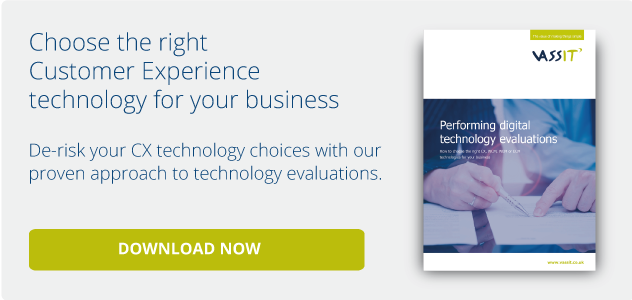The agile methodology remains a technique that many organisations are reluctant to try, despite the benefits it has proven to bring to software development projects.
The agile methodology, as opposed to the more conventional approach commonly known as 'waterfall' project management, aims to produce end-results or products that closely meet the most current customer needs - which usually change frequently and substantially during the project life-cycle.
By building in allowances for such change, supported by short iterations over long timescales and internal ownership and responsibility for specifying, building and testing the product, agile projects typically completed with minimal cost and waste, in relatively shorter time spans.
Misconceptions around agile
The general cause behind reluctance to implement agile within enterprises is a number of commonly held misconceptions around the implications of adoption. Some of the most common misconception, together with our counter arguments, are as follows:
Agile is 'all or nothing'
When considering agile as a substitute to the traditional ways of managing development or other projects, it's often viewed as a single, organisation wide change. Since changing anything within an organisation typically isn't an easy or trivial task, the mere thought or doing so in the case of agile give rise to fear, uncertainty and doubt, ultimately resulting in inaction.
The truth is, however, that agile adoption does not have to be and all or nothing proposition. In fact, starting small is the best way to go. If you identify a small, low risk project on which to try out the agile methodology, you give yourself the greatest chance of success and of realising the potential benefits of agile before expanding its reach.
Agile means giving up control of budget and timescale
Given that a key tenant of the agile methodology is that it welcomes changes to requirements, even until the last minute, it's understandable for some to question how it can be possible to retain control over the project budget and timescale.
While agile is best suited to an ongoing funding rather than a project budget it is still possible to adapt the methodology to work within a fixed budget and timescale environment. This is achieved by specifying the project first in terms of requirements and then story points. By combining the story points with the team velocity, it is possible to create an estimate for the entire project.
While sticking to a fixed budget or timescale is not necessarily easier under agile, there is one significant difference; if a project runs better than predicted and the required scope is delivered ahead of time or budget you may actually be able to claw back that budget or channel it into additional features, rather than paying the full bill regardless of actual consumption.
Agile is more complex to manage than waterfall
Everyone understands waterfall - since everything is planned up front, everyone knows their roles and does their job, simple. Meanwhile, agile scraps the traditional PM workflow and introduces additional, new roles and responsibilities, sounds complex.
In reality, agile reduces complexity by breaking down long planning, development and bug fixing phases into smaller, more manageable cycles. Agile also de-risks the project manager role by spreading the responsibility for project scope, quality, cost, reporting and resourcing among the team. Team members themselves assign tasks, report progress and ensure quality.
Done properly, agile can create a close-knit team taking shared responsibility for project delivery, effectively managing themselves.
Agile is only for development teams
While originated for and by software developers, software development isn't the only type of project that can benefit from some form of the agile approach.
The strengths of the agile methodology come not from what it is used to deliver, but the way that it addresses the realities of the world in which we live in today. Recognising that change is rapid, agile offers an alternative method for progressing projects toward goals, even as those goals change. As such, the agile methodology, or elements thereof, can be effectively applied elsewhere.
For example, the sprint model can be effectively applied to marketing teams planning and executing digital campaigns in a fast moving, data rich world, or the daily stand-up meetings synonymous with agile can help leadership teams to move organisation change projects forward efficiently while keeping on top of other commitments.
Combining agile and waterfall
Whatever you do, don’t let your assumptions about agile form a barrier to you testing it within your organisation. Find a small project that is heavily influenced by digital change and test the approach.
The reality is anyway that very few large organisations operate an exclusively agile shop, with the majority combining agile and waterfall. Current thinking is that this creates the optimal software development environment, which is able to cope with both big picture architectural and data security needs while responding to rapidly evolving customer requirements at the functional level.


